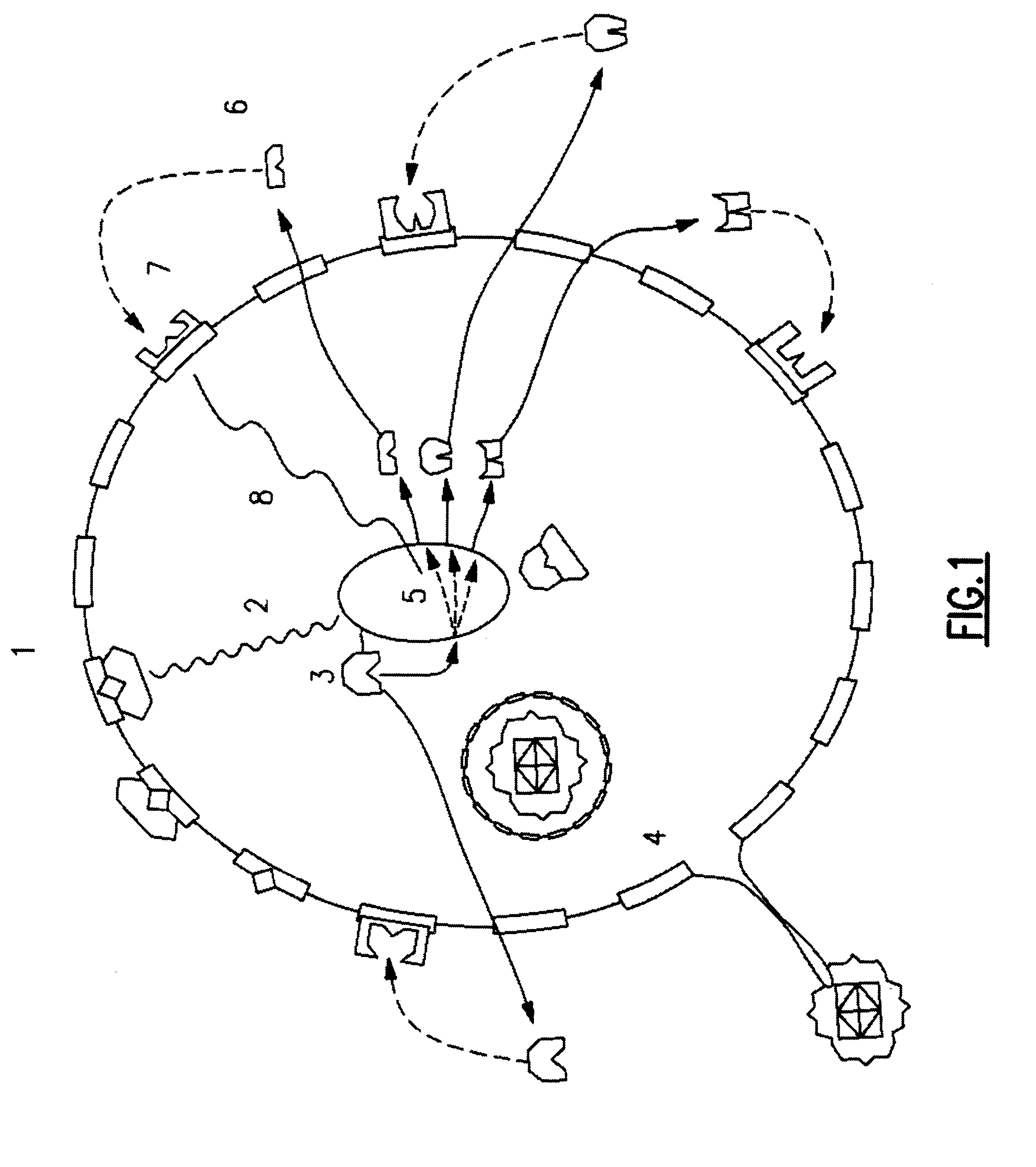Microencapsulated compounds and method of preparing same
a technology of microencapsulated compounds and compounds, which is applied in the field of microencapsulated compounds and methods of preparing same, can solve the problems of reducing the systemic toxicity of na, and reducing the hyperresponsiveness of cytokines
- Summary
- Abstract
- Description
- Claims
- Application Information
AI Technical Summary
Benefits of technology
Problems solved by technology
Method used
Image
Examples
example 1
A) Introduction
The cytokines tumor necrosis factor-a (TNFa) and interleukin-1 (IL-1.beta.) have been implicated as immune modulators in a variety of acute and chronic diseases including pyrogenic reactions, septic shock, and human immuno-deficiency virus wasting syndrome. A variety of models including human subjects, baboons, monocyte cell cultures, and whole blood have been used to study the release of these cytokines during experimental endotoxemia or bacteremia. Recently, clinical studies have demonstrated improvement in survival from a lethal endotoxin challenge in animals pre-treated with monoclonal antibodies (MoAb) to interleukin 1 receptor antagonist and TNFa. However, due to the high rate of clearance of the MoAbs, frequent doses of anti-cytokine MoAb are necessary to reduce mortality in endotoxin shock. In addition, no data exist to indicate that targeting systems for neutralizing antibodies would be effective in vivo or what type of matrices might be used to encapsulate w...
example 2
A) Introduction
One of the principal purposes of using microencapsulated cyclosporin (CsA) is to improve the existing treatment of rheumatoid arthritis by using CsA containing microspheres administered intraperitoneally. Since it is known that macrophages engulf foreign particles it is possible that they may re-localize at points of chronic inflammation and allow the CsA released from the biodegrading microspheres to inhibit T lymphocyte function thereby abolishing the inflammatory response in rheumatoid arthritis. In order to study the effects of cyclosporin loaded microspheres on macrophage disposition obtained from normal and arthritic rats, several types of microspheres were formulated and various in-vitro studies were carried out
1. FORMULATION OF CYCLOSPORIN CONTAINING MICROSPHERES
A) "Cold" PLGA-CsA microspheres
90 mg of PLGA 50:50 and 10 mg of CsA were dissolved in 10 ml of methylene chloride. The solution was emulsified into 100 ml of distilled water containing 2% w / v polyvinyl...
example 3
A) Introduction
Sepsis due to gram negative bacteria is a significant clinical problem despite the advent of antibiotics. Hallmark complications of septic shock include cardiovascular collapse, increased vascular permeability, pulmonary dysfunction, fever, and alterations in lipoprotein lipase activity characterized by a wasting syndrome. The exact molecular events leading to the progression of sepsis are not clearly understood, however, recent studies have observed that the host response to the invading pathogen contributes to the pathogenesis of sepsis. The cytokines tumor necrosis factor alpha (TNFa) and interleukin- 1 beta (IL-1.beta.) have been implicated as principle immune modulators released from activated macrophages during experimental endotoxin shock. The use of monoclonal antibodies (MoAb) against TNFa, given within minutes of an intravenous septic challenge, have been shown to be beneficial in reducing mortality of septic shock. However, intravenous MoAbs require frequen...
PUM
| Property | Measurement | Unit |
|---|---|---|
| diameter | aaaaa | aaaaa |
| diameter | aaaaa | aaaaa |
| temperature | aaaaa | aaaaa |
Abstract
Description
Claims
Application Information
 Login to View More
Login to View More - R&D
- Intellectual Property
- Life Sciences
- Materials
- Tech Scout
- Unparalleled Data Quality
- Higher Quality Content
- 60% Fewer Hallucinations
Browse by: Latest US Patents, China's latest patents, Technical Efficacy Thesaurus, Application Domain, Technology Topic, Popular Technical Reports.
© 2025 PatSnap. All rights reserved.Legal|Privacy policy|Modern Slavery Act Transparency Statement|Sitemap|About US| Contact US: help@patsnap.com



